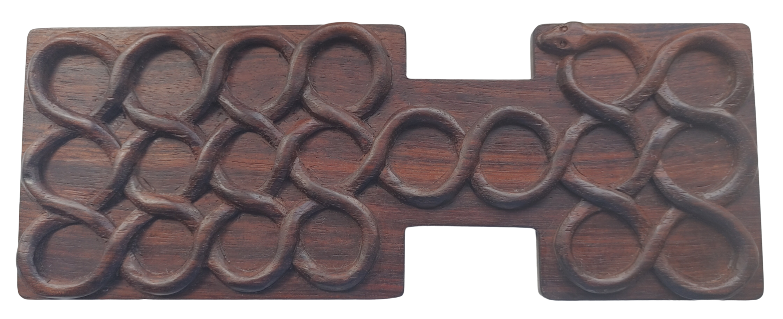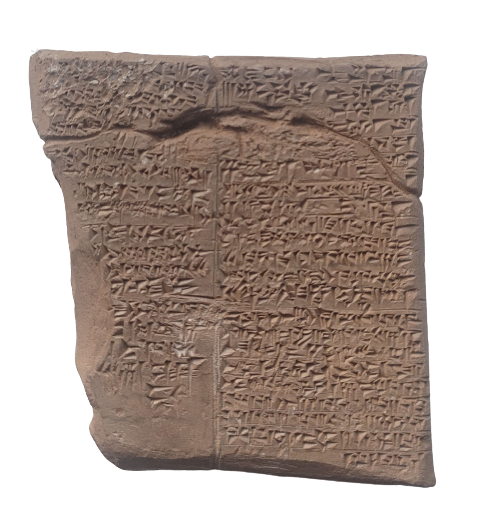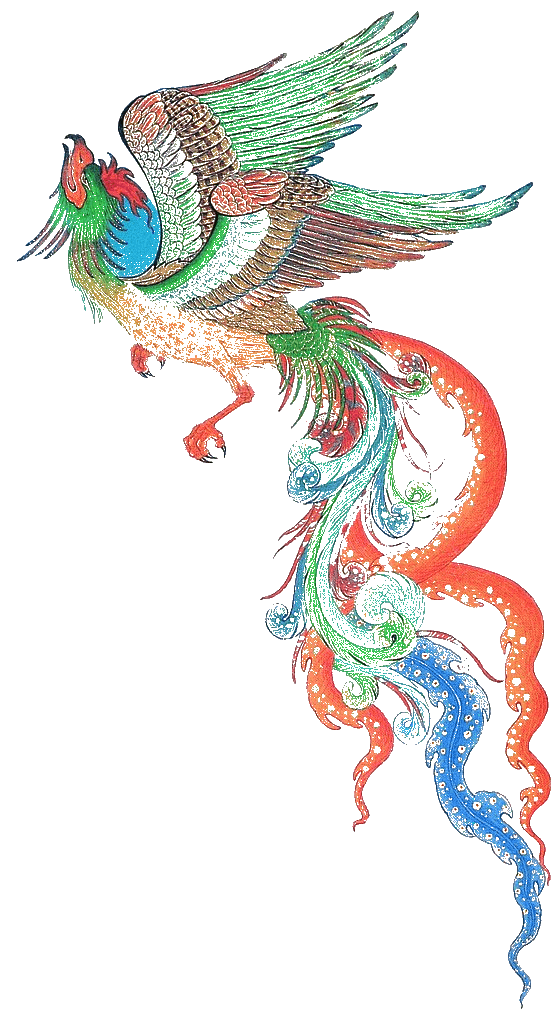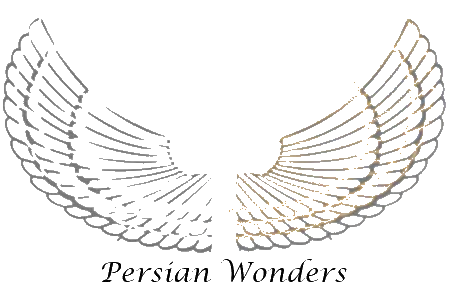
History of Backgammon
The History of Backgammon is complex and the exact origins of the backgammon game remains unknown and dates back thousands of years. The ancient Backgammon progressed over thousands of years into the todays backgammon.
The Oldest Board Game
Archaeologists unearthed an old board game dated to 2500-2400 BC at the the city of Shahr-i Sukhtah or known as Burnt City which is the oldest board game ever discovered. The rectangular board is made of ebony with sixty markers made from turquoise and agate, and dice (has four sides to it). There is a snake engraved on the game board, coiling the snake twenty times (generating 20 slots). The pattern is really similar to the number of board games discovered back in 2003 in Jiroft, and it’s almost identical to the royal game of the Ur. [PW].

Also, as the archaeologist Jean Perrot has noted the lay-out of the "holes" on the Jiroft boards such as an eagle, scorpion etc is highly suggestive of the twenty squares game boards excavated by Woolley in Sumer, the so-called Royal Game of Ur.
Other wooden boards have been found in the royal tomb of the Ur (the centre of Sumer) which it was the first board game discovered, and it was remained as the oldest backgammon for years until the discovery of the Burnt City.

The Oldest Game Rule
The rules for a ‘game of twenty squares' are mentioned in Babylonian cuneiform texts dating from 177 BC – 176 BC.
Close
References
*PW - Persian Wonders (based on our conclusion and study)- 1. Majidzadeh, Yousef. "The Land of Aratta." Journal of Near Eastern Studies 35, no. 2 (1976): 105-13. Accessed August 10, 2020. www.jstor.org/stable/545195.
- 2. The British Museum. 2020. collection. [ONLINE] Available at: https://www.britishmuseum.org/collection/object/W_1936-1217-2. [Accessed 10 August 2020].
- 3. Madjidzadeh, Youssef & Pittman, Holly. (2008). Excavations at Konar Sandal in the region of Jiroft in the Halil basin: First preliminary report (2002-2008). Iran. 46. 69-103. 10.2307/25651436.
- 4. Geoffrey,B. Olivier,J. Youssef,M. ARTE France.; Gedeon Programmes. Special Broadcasting Service Corporation. SBS-TV. (2005). Unearthing the lost kingdom of Aratta. [Video file]. Retrieved from https://www.terranoa.com/product/product.php?code=125
- 5. Majidzadeh, Yousef. "The Land of Aratta." Journal of Near Eastern Studies 35, no. 2 (1976): 105-13. Accessed August 10, 2020. www.jstor.org/stable/545195.
- 6. Francfort H.-P., Tremblay X. Marhaši et la civilisation de l'Oxus // Iranica Antiqua, vol. XLV (2010), pp. 51–224. doi: 10.2143/IA.45.0.2047119.
- 7. Madjidzadeh, Youssef & Pittman, Holly. (2008). Excavations at Konar Sandal in the region of Jiroft in the Halil basin: First preliminary report (2002-2008). Iran. 46. 69-103. 10.2307/25651436.
- 8. Desset, Francois. (2014). A new writing system discovered in 3rd millennium bce iran: The konar sandal 'geometric' tablets. Iranica Antiqua. 49. 83-109. 10.2143/IA.49.0.3009239.
- 9. Geoffrey,B. Olivier,J. Youssef,M. ARTE France.; Gedeon Programmes. Special Broadcasting Service Corporation. SBS-TV. (2005). Unearthing the lost kingdom of Aratta. [Video file]. Retrieved from https://www.terranoa.com/product/product.php?code=125
- 10. Geoffrey,B. Olivier,J. Youssef,M. ARTE France.; Gedeon Programmes. Special Broadcasting Service Corporation. SBS-TV. (2005). Unearthing the lost kingdom of Aratta. [Video file]. Retrieved from https://www.terranoa.com/product/product.php?code=125
- 11. Curtis, J. Finkel,I (Ed.). (2013). The Cyrus Cylinder: The Great Persian Edict from Babylon.
- 12. Curtis, J. (2013). The Cyrus Cylinder and Ancient Persia: A New Beginning for the Middle East.
- 13. Farzin, R. (2007). Iran: Seven Faces of Civilization.

